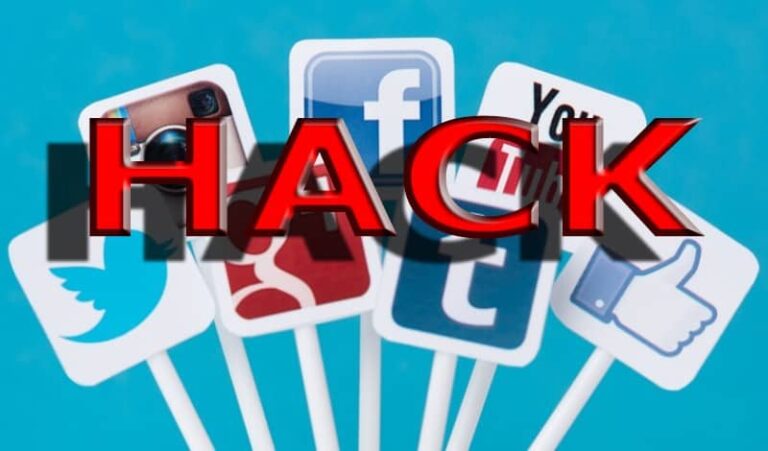
The phrase “hack” has been a popular term since the existence of the Internet. However, not everything is hacky; You forgot your phone on the desk at work and your friend shared or liked your phone on social media, or an account with a similar name on social media and none of the actions taken with this account, such as sending spam to others. not hacking. Hacking on social media is the use of your social media account credentials and account.. This is usually done through an application that you allow with your social media account. The app sends spam links to your friends on your behalf. You cause your friends to be hacked and everyone knows the reason from you.
How to Tell Your Account on Social Media?
When you notice the changes you haven’t made in your account, it’s time to do something.. What kind of changes are these;
- If your personal information is updated without your knowledge (Birthday, e-mail, password, etc.)
- There are new confirmed friendships that you have not sent a request for,
- If your friends receive messages that you did not send,
- If information is shared from your account that you did not share, it means that your friends are being spammed on your behalf.
First of all, you will need to determine what is happening in your account activity.. Locked from your account? Showing posts you didn’t share? Are your friends receiving messages you didn’t send?
What Should I Do?
If people are complaining about spam posts appearing on their timeline or are receiving questionable messages from you, the third party application that has permission to access your account is very likely to be a spy. Such apps are there to use your account to spam more audiences.. In the same way, be sensitive to the shares and posts from your friends, it may be that your friend sent it, not a similar application.
First of all, it is worth noting that known social media accounts are generally safe to encrypt.. Unless you yourself lose your account password because of your negligence, they cannot learn your password through the social media site and the allowed third party application. OAuth technology does not allow this. If you are faced with the above-mentioned situations, change your password anyway. Create yourself a strong password.
Control the apps you allow from your social media accounts. Remove the application permissions that you think are not reliable and you did not know. Not all applications that are entered with permission from the social media account are malicious applications.. In fact, the allowed logins with OAuth are reliable.. What you need to do here is to identify and remove the harmful application.. Know what apps you allow and do it in a controlled way, then it will do more good than harm. Your account passwords will be secured with OAuth.
You can find the links to see and remove the most popular social media application permissions here.. Remove unnecessary and unused application permissions by checking application permissions from time to time.